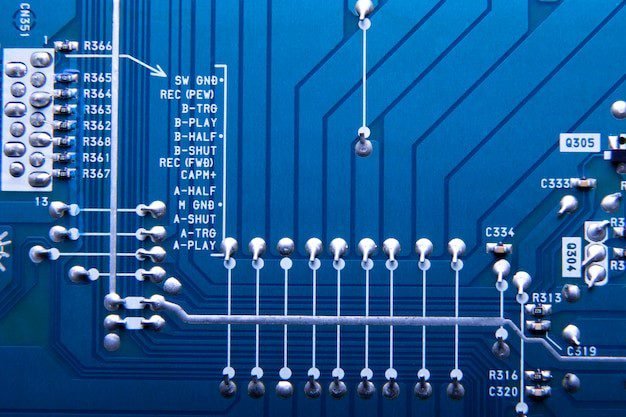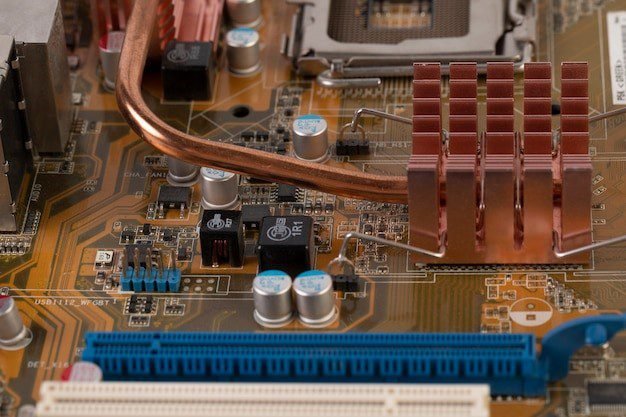Introduction:
STM32 microcontrollers, developed by STMicroelectronics, have become a driving force in the world of embedded systems, offering a wide range of features, performance, and flexibility for diverse applications. In this in-depth technical blog, we will explore the architecture, key features, development tools, programming options, and practical projects that showcase the power of STM32 microcontrollers.

Understanding STM32 Microcontrollers:
Introduce STM32 microcontrollers and their significance in the embedded industry.
Discuss the different STM32 series, each tailored for specific application domains and performance requirements.
Compare various core architectures, such as ARM Cortex-M0, M3, M4, M7, and their benefits for different use cases.

STM32 Hardware Architecture:
Explore the hardware components of STM32 microcontrollers, including the CPU, memory types (Flash and RAM), power management units, and GPIO.
Explain the rich variety of peripherals available, such as UART, I2C, SPI, ADC, DAC, USB, and Ethernet.
Discuss the advanced features, such as hardware cryptographic accelerators and secure boot mechanisms for data security.

Development Ecosystem and Tools:
Survey the comprehensive STM32 development ecosystem, including STM32CubeMX, STM32CubeIDE, and STM32CubeHAL libraries.
Discuss popular Integrated Development Environments (IDEs) like Keil MDK, IAR Embedded Workbench, and PlatformIO for STM32 development.
Explore hardware debuggers and programmers like ST-Link and J-Link for debugging and flashing STM32 microcontrollers.
STM32 Programming Options:
Compare different programming options, including Bare-Metal programming, using HAL (Hardware Abstraction Layer), and FreeRTOS for RTOS-based applications.
Showcase code examples for GPIO manipulation, interrupt handling, and peripheral configurations using both HAL and Bare-Metal approaches.
Advanced Peripherals and Communication:
Delve into advanced communication protocols supported by STM32, such as CAN, I2S, SDIO, and MIPI-DSI.
Explore DMA (Direct Memory Access) capabilities for efficient data transfers and offloading CPU burden.
Discuss real-time communication options like Ethernet and CAN bus for industrial and automotive applications.
Low-Power Features and Energy Efficiency:
Explore STM32’s low-power modes and techniques to achieve energy efficiency in battery-operated and IoT applications.
Showcase code examples for utilizing sleep and standby modes to conserve power.
Real-World STM32 Projects:
Present a series of practical projects that demonstrate the versatility of STM32 microcontrollers:
- IoT-based temperature and humidity monitoring.
- Motor control and robotics using STM32 timers and PWM signals.
- Data logging and storage with SD cards and external sensors.
- Human-Machine Interface (HMI) applications with TFT displays and touchscreens.
- Bluetooth and Wi-Fi communication with STM32 in IoT projects.
Industrial and Automotive Applications:
Explore how STM32 microcontrollers are revolutionizing industrial automation and control systems.
Discuss their role in automotive electronics, including Body Control Modules (BCM) and Infotainment Systems.
Conclusion:
STM32 microcontrollers have become the heart of numerous embedded systems, offering a perfect balance of performance, features, and ease of use. Their extensive development ecosystem, rich peripherals, and low-power capabilities make them an ideal choice for a wide range of applications, from simple DIY projects to complex industrial and automotive solutions. As technology advances, STM32 continues to lead the way, empowering engineers and developers to innovate and redefine the future of embedded systems.



